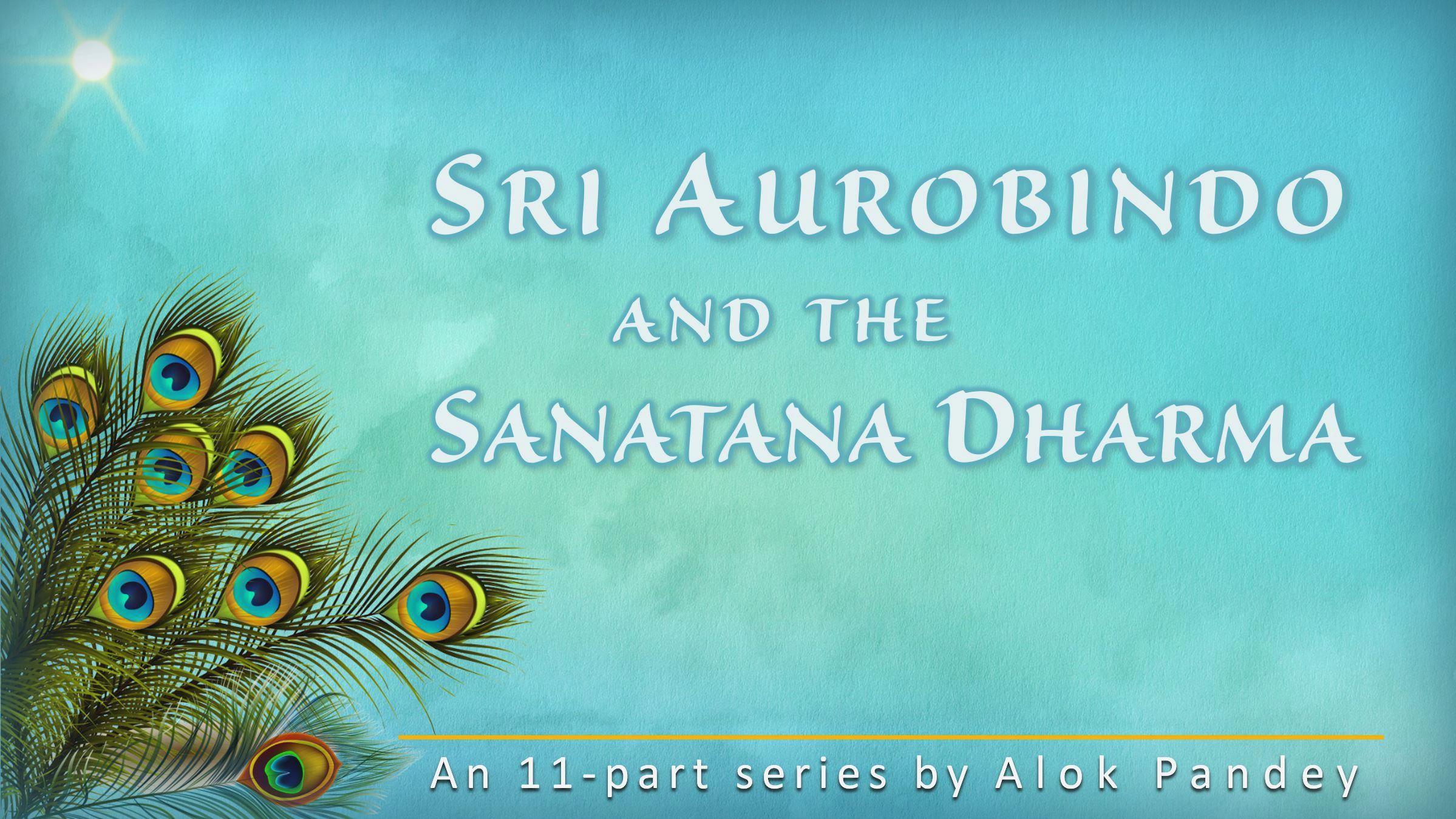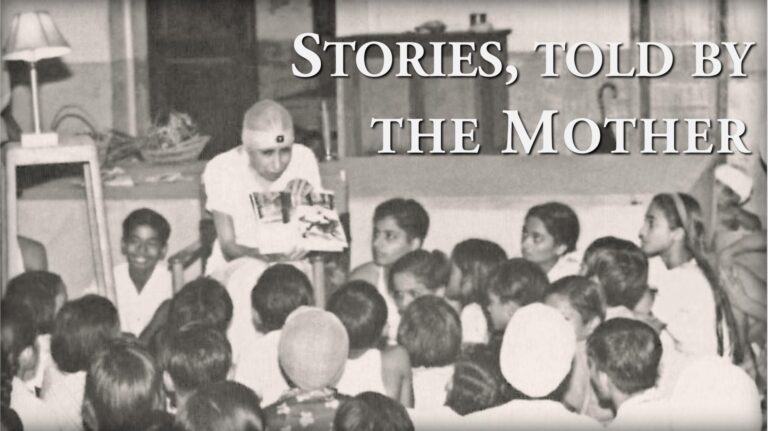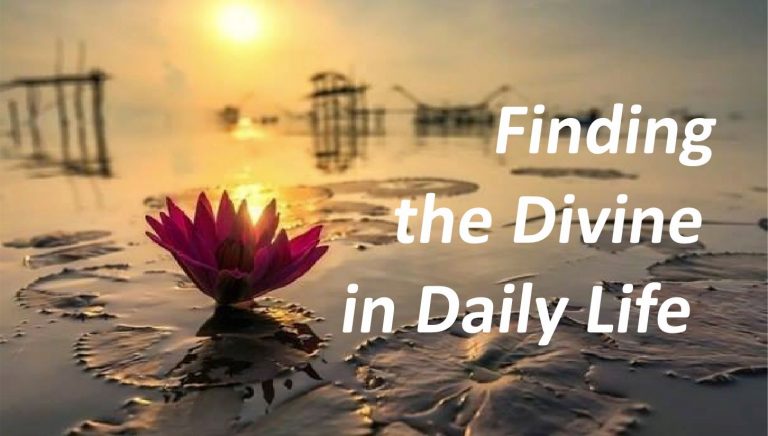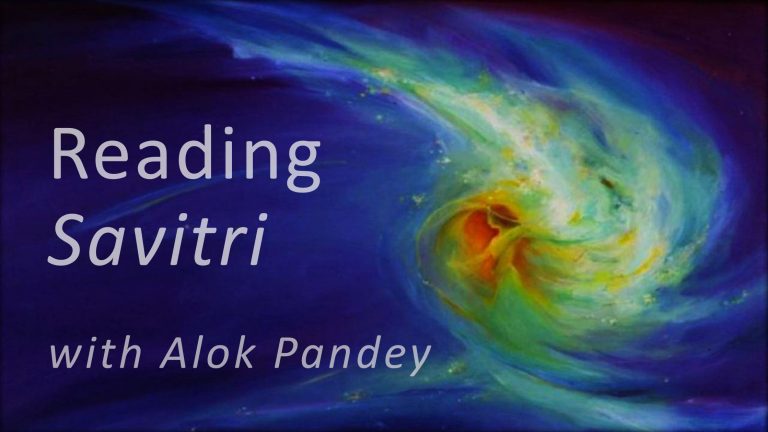Who then are the founders of the Sanatana Dharma, people ask? The usual answer is ‘the Rishis’. Not one but a number of Rishis each of whom shared his revelations, confirmed the fundamental discoveries, gave the path for others to discover these truths. In this sense the Sanatana Dharma is so much like Science. It is not a one man show to be accepted on the basis of belief or rejected equally blindly. The Rishis documented what they discovered but did not force it upon others. They left it for the seekers to come of their own and showed them the path to the discovery. They described the path, the difficulties and the challenges, the possibilities and the experiences, helped and supported the seekers walk the way. Their disciples made their own discoveries, each with his own unique place and angle. Thus a vast body of knowledge was given, verified and certified as well as verifiable by all who seek to follow the path and make their own discoveries. It is this vastness and catholicity and yet at the same time returning to the same fundamental experience through multiple approaches that appeals to those with a scientific temperament as well as to the philosophical and practical sense in man that if there is indeed a Truth it should be accessible to every seeker. It cannot stop with one person’s discovery for all times. That is why there was no such antagonism in ancient India between material Science and spirituality except that their fields were different. The basic methods and principles of discovery were the same.
But where did the Rishis get their knowledge from? In the Vedas they speak of the forefathers who trod the way. In other words the origin of Sanatana Dharma in terms of date and time is hidden in antiquity. But the Rishis do give us the needed hint as to where the knowledge comes from. It comes from the Divine seated in the heart of every creature and therefore it is accessible to all who seek. All can enter His temple in the heart, the only qualification being faith and aspiration to find. The founder of Sanatana Dharma is therefore God Himself, not the God seated in the sky controlling us as a king in absentio and regulating our behaviour with reward and punishment like a policeman or a school headmaster. The God of Sanatana Dharma is not just the King of kings but also the leader of the human march, the lover and beloved of our souls, the tranquil counselor and mentor, a friend in distress and difficulties, father and mother and even a child, playmate in the great game of life and the eternal paramour whom we secretly love though we are tied to the world by duty and obligation. He is the Light that leans in the abyss cancelling any eternal hell. He is the endless Compassion that responds to our cries for help, heals and succours, bears our cross and takes upon Himself the burden of our suffering. He is the Love whose miraculous touch transforms evil into good, suffering into happiness and weakness into strength. He is all this and much more. Though far above creation and yet hidden in its depths, we can form relations with the Divine Friend. To lift worshipping hands to Him is but one approach, to fear the King and Master may be our first primitive response to His Majesty. But in the end we discover God the eternal Lover whose love makes no distinction between religious beliefs and non-beliefs and His Grace reaches out to the lowliest of lowly and the worst of the sinners. This is the God of Sanatana Dharma who teaches man to love God rather than fear Him and takes away from us the burden of sin and guilt and releases us into His Beatitude so that we too can share His kingdom and Glory since we are, in our secret self, portions of Him even as He is the Self of our self. Sanatana Dharma teaches us that all are equally His children and all can approach Him without fear and favour. All He receives with love and compassion, all He illumines and transfigures.
What about the book and the scripture? Who will teach us about the law of true living? Where to find the guidance? Where is the Law? Well, just as the Divine, the founder of Sanatana Dharma, Jagadguru, is within though He does manifest in and through his human representatives, so too the supreme Scripture of Sanatana Dharma is within. Of course we speak of the Four Vedas, the Twelve Upanishads, the Gita, the Puranas and the Tantras, the Ramayana and the Mahabharata and countless other written or spoken books are there. But these books are sacred because their origin is not in the mind but in the soul-vision. They are helpful so long as one has not found the soul. But once the soul is found one needs no other light nor even the staff of faith but walk confidently guided by the soul and the Divine Presence within. Scripture is a means to an end and not an end in itself.
‘As the supreme Shastra of the integral Yoga is the eternal Veda secret in the heart of every man, so its supreme Guide and Teacher is the inner Guide, the World-Teacher, jagad-guru, secret within us. It is he who destroys our darkness by the resplendent light of his knowledge; that light becomes within us the increasing glory of his own self-revelation. He discloses progressively in us his own nature of freedom, bliss, love, power, immortal being. He sets above us his divine example as our ideal and transforms the lower existence into a reflection of that which it contemplates. By the inpouring of his own influence and presence into us he enables the individual being to attain to identity with the universal and transcendent…..
All that the Light from above asks of us that it may begin its work is a call from the soul and a sufficient point of support in the mind. This support can be reached through an insistent idea of the Divine in the thought, a corresponding will in the dynamic parts, an aspiration, a faith, a need in the heart. Any one of these may lead or predominate, if all cannot move in unison or in an equal rhythm. The idea may be and must in the beginning be inadequate; the aspiration may be narrow and imperfect, the faith poorly illumined or even, as not surely founded on the rock of knowledge, fluctuating, uncertain, easily diminished; often even it may be extinguished and need to be lit again with difficulty like a torch in a windy pass. But if once there is a resolute self-consecration from deep within, if there is an awakening to the soul’s call, these inadequate things can be a sufficient instrument for the divine purpose. Therefore the wise have always been unwilling to limit man’s avenues towards God; they would not shut against his entry even the narrowest portal, the lowest and darkest postern, the humblest wicket-gate. Any name, any form, any symbol, any offering has been held to be sufficient if there is the consecration along with it; for the Divine knows himself in the heart of the seeker and accepts the sacrifice.’
The supreme scripture of Sanatana Dharma is the eternal Veda secret in every heart. The Rishis were the first to discover it among men. But this eternal Veda, the Book of Wisdom secret in creation is unfolding its pages through creation. Man has the unique privilege to read this Book hidden in his own heart and live by its Light and embody Its Wisdom and Truth. Any scripture therefore is only a partial and limited statement of the profound Truth. Since this Wisdom is infinite and eternal it cannot be captured in any single book or even many books. Nor can it be exhausted by any single religion, sect or cult or Guru or Master or Prophet and Seer. Even the Avatars who according to the Sanatana Dharma are Divine assuming a human body do not exhaust it one birth. It is so because this secret Wisdom, though eternal, yet operates in terms of time and place. Truth is Eternal but its manifestation is subject to time, its unfolding is in terms of time. That is why even the Divine descents form an evolutionary succession each carrying earth and humanity to the next step until the last Avatar takes it up all and divinises creation itself into a perfect divine manifestation. Right now it is an imperfect, partial, limited and even distorted manifestation.
It is here that we have the conception of Maya. It is the power of God to limit Himself. This Self-limitation is needed for bringing out the many finites out of the One Infinite. It is a temporary necessity. But once each finite discovers it’s bond with infinity then each unit will become an integer of the true Unity. Therefore all Scriptures and Masters, Prophets and Avatars have an action in real time..it starts amidst resistance from the established past, rises towards a peak and then slowly declines so that the Eternal Truth can be stated in a new way and new pages and chapters opened for man. It is for this reason that and the natural limitation that any language poses that no Scripture can be full and final. The Sanatana Dharma uses the scripture but also asks man to transcend it, shabd brahmati vartate.
‘The supreme Shastra of the integral Yoga is the eternal Veda secret in the heart of every thinking and living being. The lotus of the eternal knowledge and the eternal perfection is a bud closed and folded up within us. It opens swiftly or gradually, petal by petal, through successive realisations, once the mind of man begins to turn towards the Eternal, once his heart, no longer compressed and confined by attachment to finite appearances, becomes enamoured, in whatever degree, of the Infinite. All life, all thought, all energising of the faculties, all experiences passive or active, become thenceforward so many shocks which disintegrate the teguments of the soul and remove the obstacles to the inevitable efflorescence. He who chooses the Infinite has been chosen by the Infinite. He has received the divine touch without which there is no awakening, no opening of the spirit; but once it is received, attainment is sure, whether conquered swiftly in the course of one human life or pursued patiently through many stadia of the cycle of existence in the manifested universe….
For the sadhaka of the integral Yoga it is necessary to remember that no written Shastra, however great its authority or however large its spirit, can be more than a partial expression of the eternal Knowledge. He will use, but never bind himself even by the greatest Scripture. Where the Scripture is profound, wide, catholic, it may exercise upon him an influence for the highest good and of incalculable importance. It may be associated in his experience with his awakening to crowning verities and his realisation of the highest experiences. His Yoga may be governed for a long time by one Scripture or by several successively,—if it is in the line of the great Hindu tradition, by the Gita, for example, the Upanishads, the Veda. Or it may be a good part of his development to include in its material a richly varied experience of the truths of many Scriptures and make the future opulent with all that is best in the past. But in the end he must take his station, or better still, if he can, always and from the beginning he must live in his own soul beyond the limitations of the word that he uses. The Gita itself thus declares that the Yogin in his progress must pass beyond the written Truth,—śabdabrahmātivartate—beyond all that he has heard and all that he has yet to hear,—śrotavyasya śrutasya ca. For he is not the sadhaka of a book or of many books; he is a sadhaka of the Infinite.’




